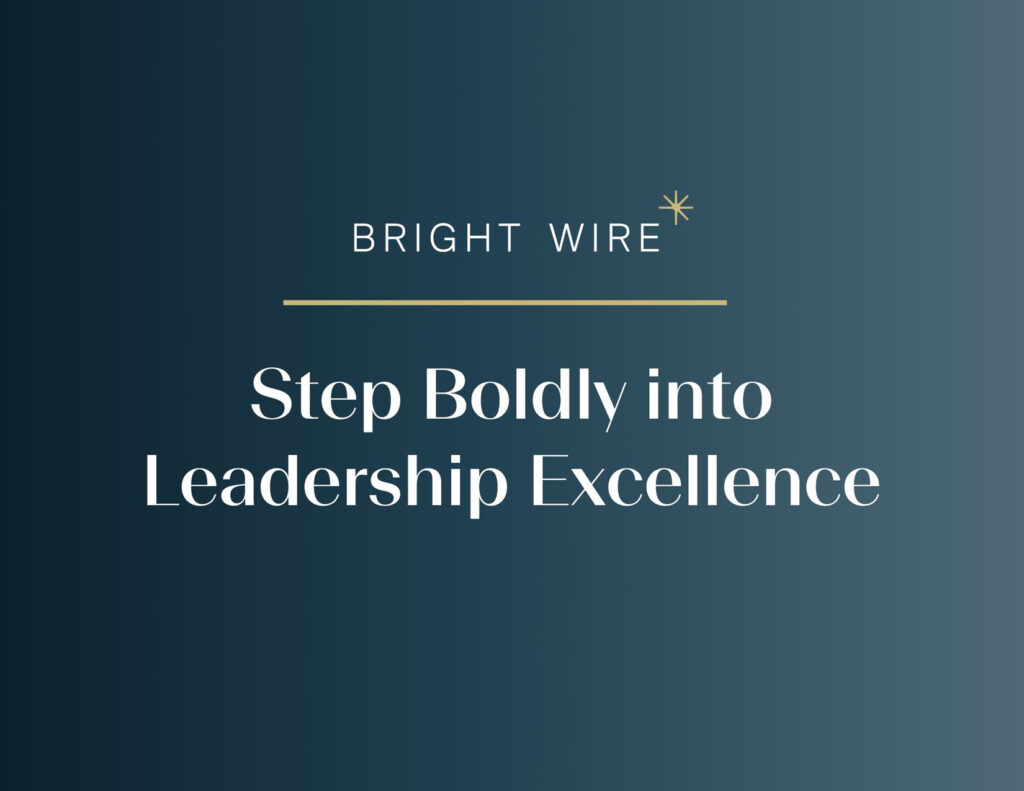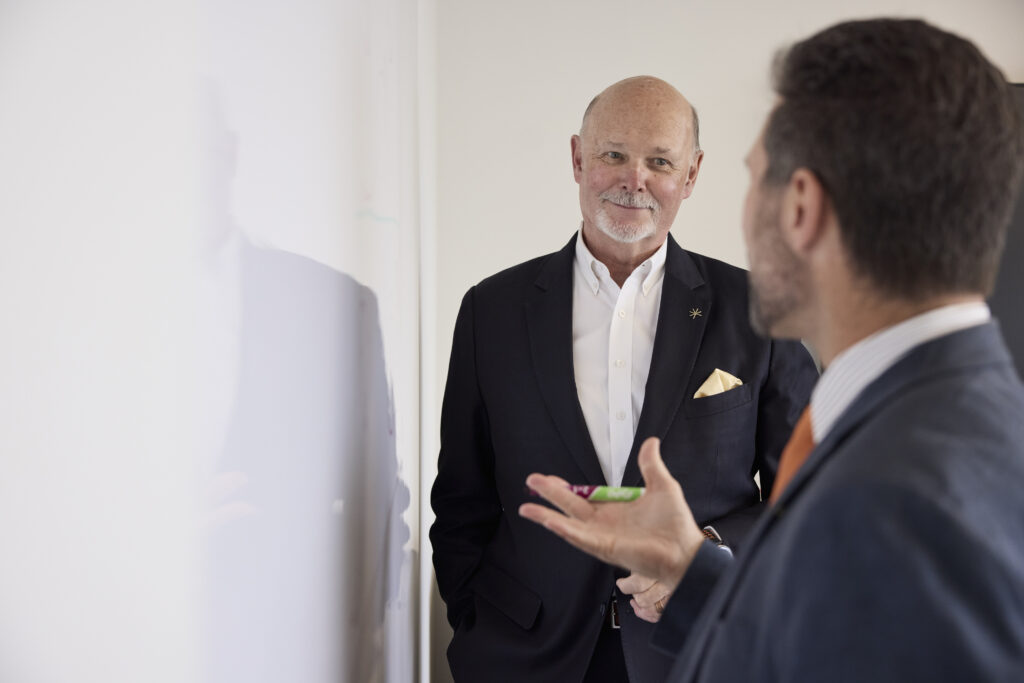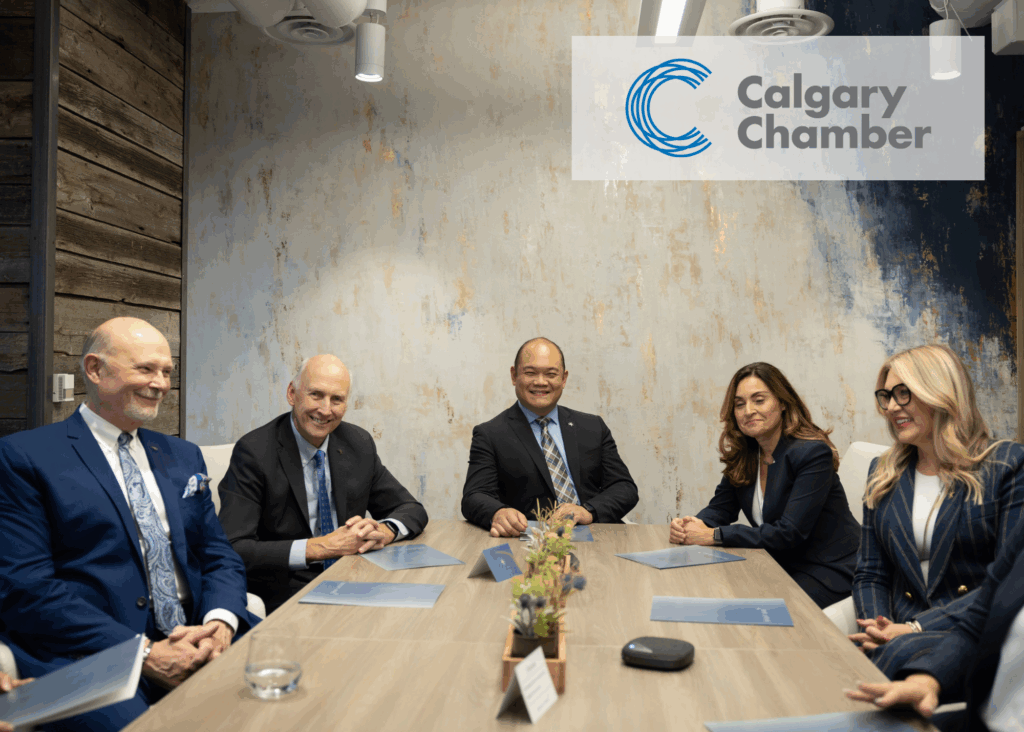Three Strategies To Build Leadership Endurance
Change is the only constant in today’s global economy, and keeping up with the latest shifts and trends or incorporating the newest innovations requires leaders to be on their toes all the time.
What is required of leaders today is called leadership endurance — the ability of a leader to remain steadfast through a period of sustained uncertainty; the commitment to drive results while maintaining the ability to apply past learning to seek alternate solutions and opportunities; leadership that inspires and enables others past multiple challenges over a long period of time. Here are three strategies to help build leadership endurance.
Strategy 1: Maintain Momentum And Motivation
As a high-performing executive leader, it can be easy to lose motivation for leadership development because you’re always giving 120%. Recognition slips; the high-quality and hard work becomes expected.
For those newly promoted into executive leadership positions, the next vertical move in one’s career path is not always immediately clear, and the leadership capabilities that got you here today are potentially no longer being optimized as they once were. It’s easy to get complacent, especially when there’s a workplace environment not supportive of continuous performance improvement. Complacency is the enemy of progress, and it can arise when you’ve reached a goal in your professional career or when you’ve been in a role for a long time.
To maintain momentum and motivation, remember that innovation comes from disruption. It offers a natural opportunity for leaders and organizations alike to conduct a “start, stop, continue” assessment and identify and explore new opportunities. Reflect on an aspect of your leadership practice — what do you want to start, stop and continue to do? Put a plan together to put this into action.
Leaders and team members alike should be encouraged to maintain external exposure (i.e., attend virtual events, read case studies, participate in panels, etc.) to keep perspectives fresh, mitigate the “company-only” mentality and combat groupthink.
Strategy 2: Create Comfort In Ambiguity
During times of uncertainty and disruption, many come to the workplace with the intention of “hunkering down” and staying within comfort zones. It’s common to seek out and hold close what’s known in order to build a sense of control and confidence. In fact, about every five minutes adults “go to Disney Land” — meaning they check out and lose track of their current thought or attention to the task at hand. During times of high disruption or during times of stress, this jumps to an adult “checking out” every two minutes.
To create comfort in ambiguity, leaders should hone their communication and change-management skills. Team members checking out means you need to customize your message to different audiences and check in often to ensure your message is landing as intended. To offset anxiety, it’s important as a leader to give information even when you don’t have the answers. This helps by creating indirect control within the larger situation. Leaders need to be comfortable saying, “I don’t know, but I’ll find out.”
Finally, leaders should leverage reality testing, which is similar to scenario analysis and allows leaders to assess what is true and what is an assumption.
Strategy 3: Encourage Effective Collaboration
Collaboration doesn’t equal harmony. In fact, true collaboration allows for and fosters an environment where diversity of thought and perspective become the foundation for strong organizational culture and drives business results. In a highly disruptive world, collaboration is imperative because leaders won’t necessarily have the lines of sight or capacity to be fully apprised in detail of each team member’s portfolios. Leaders need to do more with less by recognizing and leveraging the expertise of their teams. Collaboration is key to building and sustaining both personal and shared accountability and ownership within the team.
To encourage effective collaboration, you should also encourage healthy debate and creative conflict. The goal is to avoid blind consensus and the potential for groupthink by bringing new ideas, perspectives and viewpoints to the table. When facing a global health pandemic, financial market crash or economic uncertainty, change is the constant. A strategic focus on leadership endurance and the creation of a strong leadership development-driven environment is essential for leaders today and into the future.
So What?
Leadership is an action, not a position. Building leadership endurance requires intentional development. Ask yourself: How are you maintaining momentum and motivation in your career? Are you actively finding leadership development opportunities and encouraging your team to do so too? Are you comfortable communicating without all the answers, and are you trusting your team’s knowledge and expertise?






